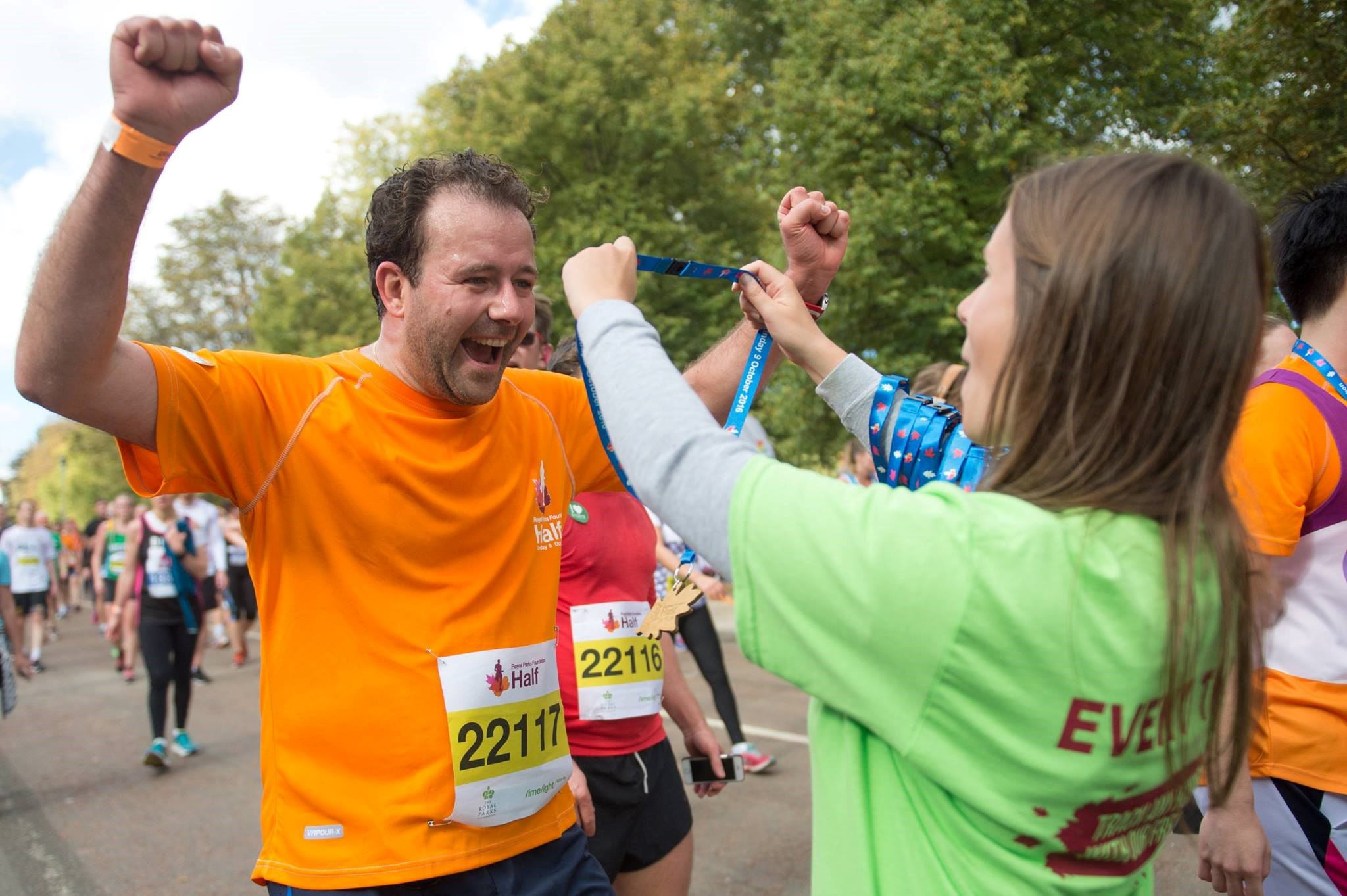HOW TO TRAIN FOR A HALF MARATHON
Half marathons are a fun and achievable race for all types of runner to not just enter and finish, but also to test themselves against. Unlike the marathon which requires months of hard effort and intense training from even the most seasoned athletes, you will find that a short but well sustained training block will see you to a good time in the half! Allow us to talk you through some of the do’s and don’t’s of how to train for a half marathon.
1. How to Get Started
When beginning your half marathon training, especially as a first-timer, it’s crucial to start gradually and avoid the temptation to tackle the full 13.1 miles right away. Building up your mileage slowly not only helps establish a solid fitness base but also reduces your risk of injury and burnout.
Key Steps to Get Started:
- Begin with lower weekly mileage and steadily increase the distance over time.
- Focus on forming a consistent running habit in the first few weeks. Aim to run regularly throughout the week to develop rhythm and endurance.
- Try to run at least five times per week, with each run covering between 3 and 6 miles. Only exceed this range if you feel very comfortable.
- Remember: Each training run is important. Leave some energy in reserve to support recovery and maintain consistency.
Add Variety and Structure:
- Include at least one interval session per week. For example:
- 30 seconds of fast running
- 60 seconds of jogging
- Repeat several times per session
- Interval training helps boost lung capacity, strengthen leg muscles, and adds variety to your routine.
Why Start Steadily?
- Gradual mileage increases help build a strong fitness foundation.
- Steady progression lowers the risk of injuries and overtraining, which are common pitfalls for beginners.
By following these principles, you’ll set yourself up for a successful and enjoyable half marathon training journey.
2. Increasing your Training
After 2–3 weeks of consistent running, you should start feeling more comfortable with your routine and well-adjusted to your training plan. By now, you’ve likely incorporated some faster, more challenging efforts into your weekly runs, which is key for building speed and endurance.
What to Focus on Next:
- By weeks four and five, avoid making large jumps in your weekly mileage.
- Instead, increase the intensity by running more frequently at your threshold pace - a challenging speed where you’d be glad to stop, but can still maintain for a set period.
- Example threshold workout:
- Run 2 miles at an easy pace
- Pick up the pace for 1 mile
- Finish with 2 miles easy
- Incorporate short bursts of faster running within your regular sessions. These efforts help you sustain a stronger pace for longer as your training progresses.
Adding the Long Run
Midway through your plan, it’s time to introduce or extend your weekend long run:
- Aim for 8–10 miles at an easy, conversational pace. This builds stamina and gets your legs used to longer distances.
- Combine this with a 5–6 mile paced run during the week to boost both endurance and speed.
Key Takeaways
- Gradually increase training intensity, not just distance.
- Use threshold runs and long runs to build both speed and stamina.
- Consistency and patience are crucial - avoid the temptation to ramp up too quickly.
By following these principles, you’ll see steady progress and set yourself up for a strong half marathon performance.
3. Moving Towards Race Day
If you’ve stayed consistent with your training so far, you’re on track for a strong finish. As race day approaches, it’s time to focus on increasing the intensity and fine-tuning your preparation.
Building Strength and Intensity:
- Begin to add hill routes to your training.
- Push for a burst of speed on the hills to further strengthen your legs.
- Always start your week with an easy run of 5–6 miles to maintain a steady base.
- Remember to schedule at least one rest day each week - Friday is a good option to ensure you’re fresh for your weekend long run.
Mid-Training Adjustments (Weeks 7–8):
- Incorporate two runs per week at threshold pace, aiming for 4–6 miles at this effort, with a mile to warm up and cool down.
- Add short, fast bursts (30 seconds) into some runs to get comfortable running at a quicker pace.
- Your weekend long run should now be 10–12 miles at an easy pace, helping you build the stamina needed for race day.
Tapering and Final Preparations:
- In the last week before your race, avoid cramming in extra training.
- Reducing your running volume to about 70–75% of your previous week helps your body recover and prepares you to perform your best on race day.
- Early in race week, do an easy run with 1–2 miles at your intended race pace.
- Consider a 3–4 mile run in your race day kit to ensure comfort and avoid surprises on the big day.
- Focus on rest, nutrition, and mental preparation:
- Get plenty of sleep and eat familiar, nourishing meals.
- Hydrate well and avoid trying anything new in your diet or gear.
- Take time to relax, visualise your race, and plan your journey to the event.
By following these steps, you’ll arrive at the start line confident, rested, and ready to run your best half marathon yet. Good luck!
Half Marathon Training FAQs
Most beginner plans last 12–16 weeks, depending on your starting fitness level. If you can already run 3–5 miles comfortably, 12 weeks is typical. New runners or those wanting a gentler build-up may prefer a 16–20 week plan to safely increase endurance and reduce injury risk.
Beginner plans usually recommend 3–4 runs per week, with one long run, one or two easy runs, and sometimes a speed or tempo session. Cross-training and rest days are important for recovery and injury prevention.
A long run is your weekly, gradually increasing endurance session. For half marathon training, long runs start at about 3–5 miles and build up to 10–12 miles before tapering. They help your body adapt to longer distances and build stamina.
Yes, cross-training (like cycling, swimming, or strength training) supports recovery, builds fitness, and reduces injury risk. Aim for 1–2 cross-training sessions per week, focusing on aerobic activities or core work.
Set small, achievable goals, track your progress, and celebrate milestones. Training with a friend or group can boost motivation. Use running apps or join virtual challenges for extra accountability and encouragement.
Eat balanced meals with carbs, protein, and healthy fats. Stay hydrated and practice fueling with snacks or sports drinks on long runs. Test your race-day nutrition during training to avoid stomach issues.
Rest and seek medical advice if pain persists. Substitute cross-training for running if needed. Don’t push through pain, as this can worsen injuries. Focus on recovery before resuming training.
Reduce your mileage and intensity during the last 1–2 weeks before race day. This allows your body to recover and store energy, so you feel fresh and strong for the half marathon.
You May Also Like:






